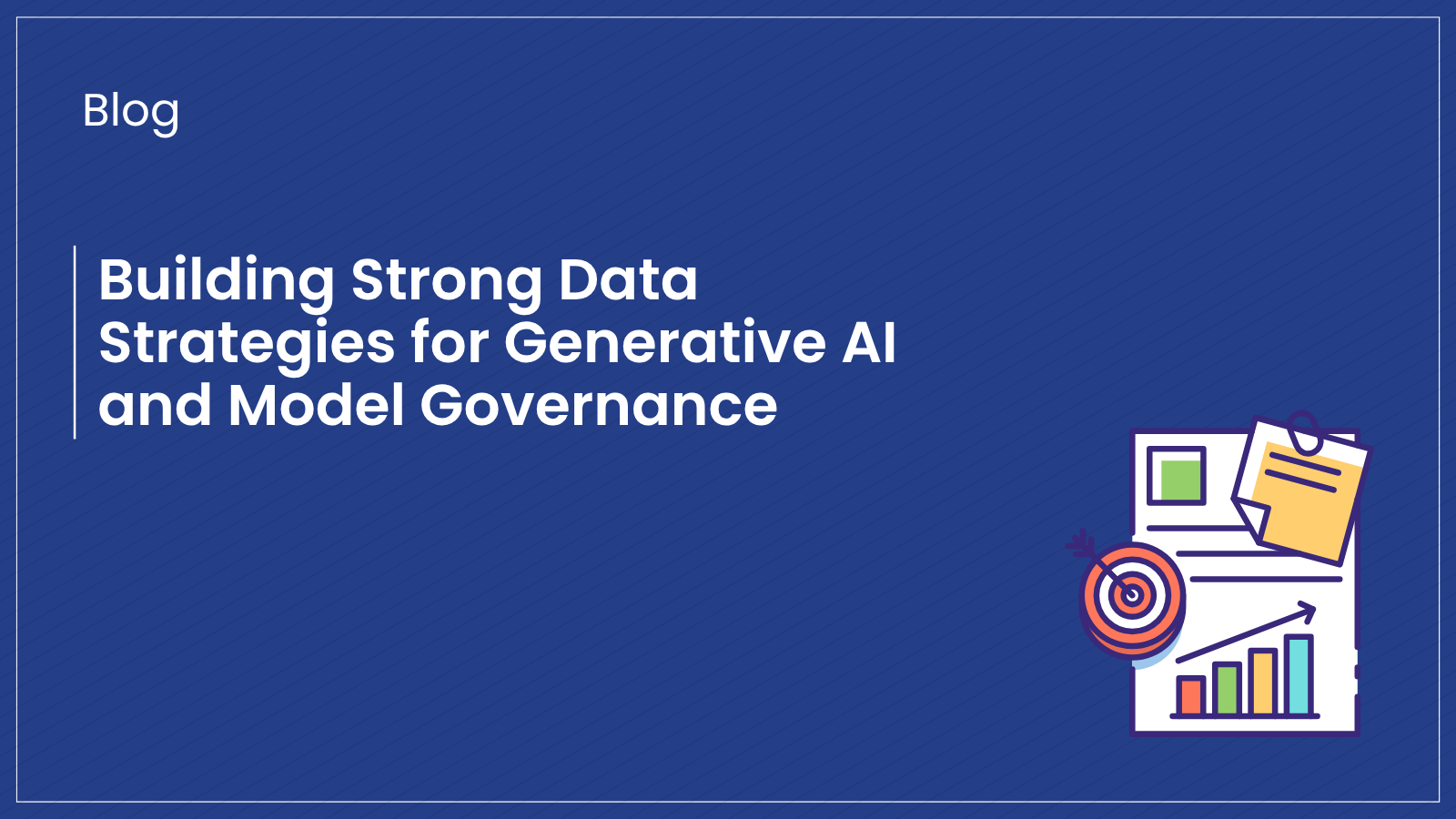How Solytics Partners’ MRM Vault helps insurers align with NAIC’s AI Evaluation Framework
Introduction
Artificial Intelligence (AI) and Machine Learning (ML) are transforming the insurance industry – from underwriting and claims management to fraud detection and customer engagement. These technologies promise speed, efficiency, and innovation at scale.
Yet with innovation comes risk. Lack of transparency, unintended bias, and weak oversight can expose insurers to consumer harm, regulatory action, and reputational damage.
Recognizing these challenges, the National Association of Insurance Commissioners (NAIC) released an exposure draft on AI Systems Evaluations, along with optional supplemental exhibits. These are designed to help regulators assess insurers’ AI usage and ensure that governance, accountability, and fairness remain in front and center.
For insurers, however, the biggest hurdle isn’t policy, but execution: “How can insurers systematically track, monitor, and demonstrate that their AI governance mechanisms are effective in practice?”
This is where Solytics Partners’ MRM Vault provides a practical, technology-enabled path forward.
Case Study: Mapping AI Systems Governance in Practice
A mid-sized life insurer recently adopted AI for underwriting, claims triage, and customer
engagement. While the initiatives improved efficiency, the company soon faced three critical challenges:
- Model sprawl: Rapid growth in the number of models across departments.
- Inconsistent documentation: Governance controls applied unevenly to high-risk models.
- Regulatory readiness gaps: Difficulty demonstrating compliance with NAIC expectations on data, fairness, and consumer outcomes.
When regulators requested exhibits aligned to the NAIC framework – such as quantifying AI system usage (Exhibit A) and conducting governance risk assessments (Exhibit B) – the insurer scrambled to compile fragmented spreadsheets and incomplete records.
By deploying MRM Vault, the insurer centralized its AI model inventory, embedded governance frameworks, and automated regulatory reporting – reducing both compliance burden and operational risk.
Why It Matters
The NAIC’s exposure draft makes clear that insurers must demonstrate responsible AI governance. Solytics Partners’ MRM Vault helps bridge this gap by aligning insurers’ operational processes with regulatory expectations
1. Quantifying AI Systems (Exhibit A)
Regulatory Expectation: Insurers must disclose the scope of AI system use across the company.
How MRM Vault Helps:
- Maintains a centralized AI system inventory, categorized by business line, risk level, and use case.
- Provides real-time dashboards for regulator-ready reporting.
- Tracks model changes over time to support quarterly or annual updates.
2. Governance Risk Assessment (Exhibit B)
Regulatory Expectation: Insurers should evaluate governance practices, either through a narrative description or a structured checklist.
How MRM Vault Helps:
- Embeds a governance questionnaire aligned with NAIC’s checklist format.
- Documents controls around explainability, data management, fairness, and consumer protection.
- Automates evidence capture (validation reports, bias assessments) to demonstrate active governance.
3. High-Risk Model Oversight (Exhibit C)
Regulatory Expectation: Insurers must disclose details of high-risk models, including those influencing underwriting, pricing, or claims decisions.
How MRM Vault Helps:
- Flags high-risk models for enhanced oversight and continuous monitoring.
- Links each model to validation results, approval workflows, and monitoring metrics.
- Enables secure regulator access or exportable reports showing both policy and practice in action.
4. Data Usage Transparency (Exhibit D)
Regulatory Expectation: Insurers must disclose the types of data used by AI systems and identify which operational areas rely on them.
How MRM Vault Helps:
- Maps data lineage from source to model output, documenting transformations and dependencies.
- Provides a data inventory view connecting each AI system to its datasets.
- Flags sensitive attributes that may raise fairness or compliance concerns.
Broader Implications for Insurers
The NAIC’s framework is designed to protect consumers and maintaining market integrity.
Insurers that lack structured oversight face:
- Regulatory action (fines, remediation orders, or license scrutiny).
- Reputational damage from biased or opaque decisions.
- Operational inefficiencies from redundant documentation and fragmented compliance processes.
By aligning with the NAIC framework through MRM Vault, insurers can proactively demonstrate responsible AI governance, streamline compliance, and strengthen trust with both regulators and policyholders.
Looking Ahead: Governance as a Competitive Advantage
The insurance industry is at an inflection point: AI and big data will only expand in scope, but so will regulatory scrutiny.
The NAIC’s optional exhibits give regulators a clearer lens on AI risk, but it is insurers who must do the heavy lifting in order to provide evidence of robust governance.
With MRM Vault, this challenge is transformed into an opportunity. By embedding governance, automation, and regulatory alignment into everyday model risk management, insurers can confidently adopt AI while safeguarding both consumer trust and financial stability.
For insurers, the takeaway is AI oversight cannot remain a compliance checkbox. Those who invest early in structured governance will gain a competitive edge when regulatory expectations rise.
References
- National Association of Insurance Commissioners – Innovation, Cybersecurity, and Technology (H) Committee, Artificial Intelligence Systems Evaluations – Exposure Draft
- Federal Reserve- https://www.federalreserve.gov/supervisionreg/srletters/sr1107a1.pdf
- European Insurance and Occupational Pensions Authority (EIOPA), Artificial Intelligence Governance Principles: Towards Ethical And Trustworthy Artificial Intellige…

.png)
_1.png)
_1.png)

.png)
.svg)


